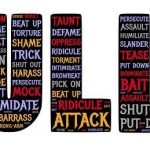Have you ever witnessed any of these things: A group of kids excluding one kid from playing with them or name-calling because of their appearance, interests, or background?
The “popular boy” taunting, shoving, or hitting a smaller kid at the playground? The “mean girl” spreading rumors or gossiping about someone to make them look bad? Or someone or a group sending hurtful messages or posting mean comments online?
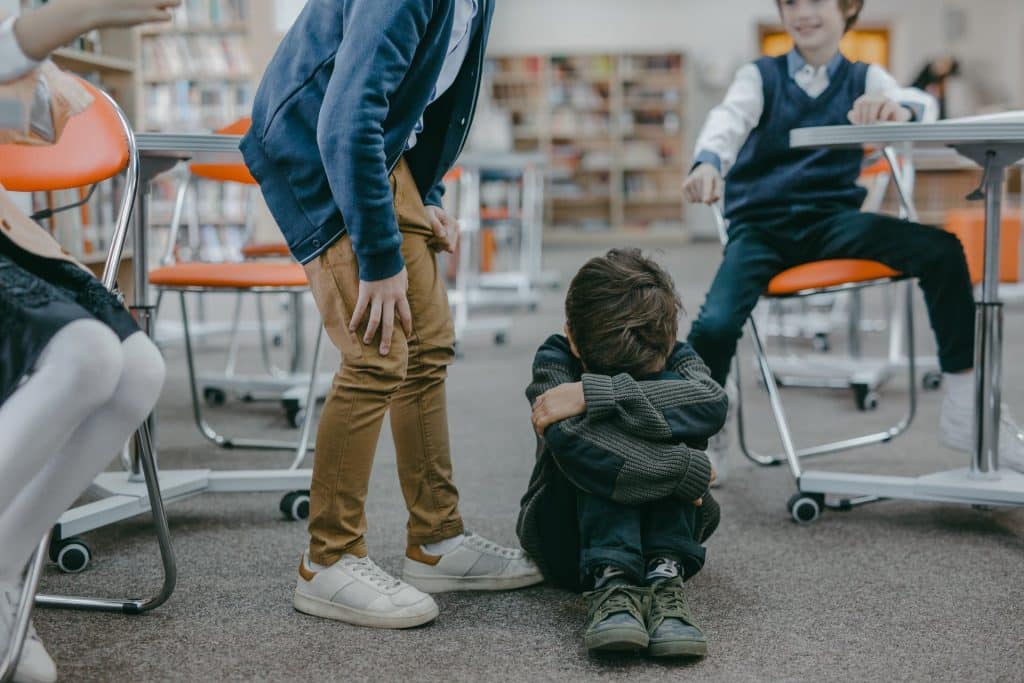
These are just some examples of bullying that many people face today.
Bullying is a widespread issue that affects people of all ages, genders, classes, sexual orientations, and races worldwide. It’s an alarming problem that can have long-lasting effects on a person’s overall well-being, mental health, self-esteem, and relationships.
If you ask people around you, some may admit to having experienced bullying at some point in their lives; some may even confess to having been the bully. And in some cases, others may admit they’ve been both a bully and a victim at different times.
Did you know that studies have shown that young people who are bullied are more likely to experience anxiety, depression, social isolation, self-harm, and even drop out of school?

That’s why it’s important to understand that bullying can happen to anyone and should not be taken lightly.
But have you ever wondered why certain people are mean and bully others? It can be hard to understand how someone can intentionally hurt others.
If you’re dealing with bullies or know someone who is, learning how people become bullies, what to do about it, and how to seek help is important.
So, in this post, we’ll talk about the possible reasons why bullies hurt others and how it can help in coping with it.
Let’s define what bullying is first.
What is Bullying?
Bullying is a troubling pattern when someone intentionally uses words or actions repeatedly to harm a person or a group, both physically, socially, and psychologically. It often makes the person feel humiliated, hurt, afraid, alone, or helpless.
Sadly, bullying can happen anywhere — at home, at schools, in classrooms, hallways, cafeterias, locker rooms, playgrounds, or buses. It can even occur in the workplace and can happen anytime.
Different Forms of Bullying
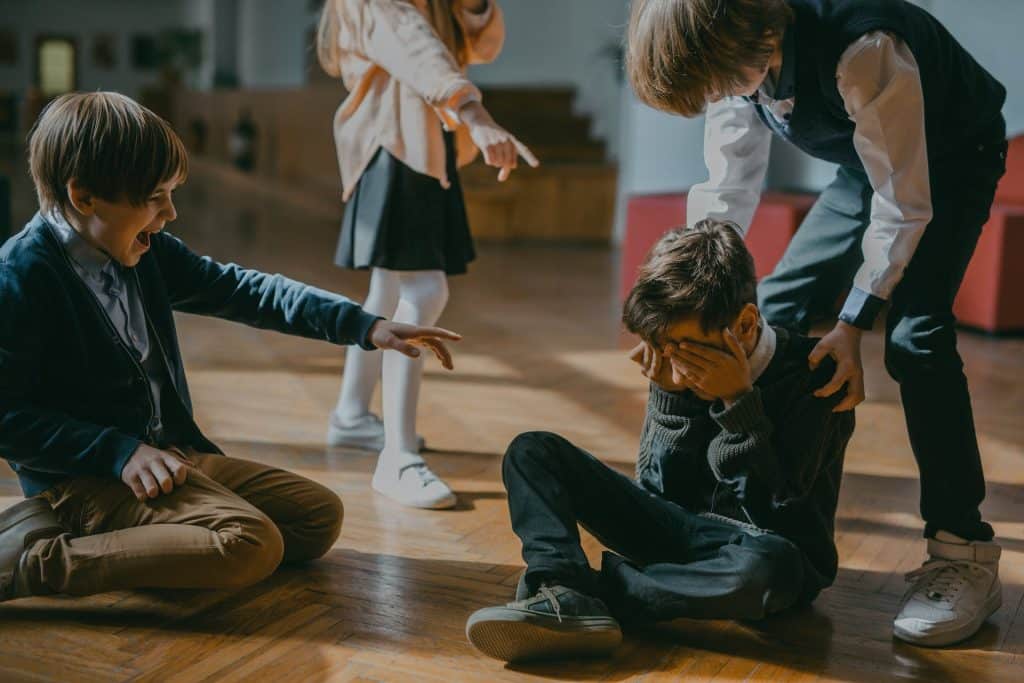
Bullying can take many forms, such as:
- Verbal bullying: teasing, name-calling, insulting, or negative comments about someone’s appearance, abilities, or individuality.
- Physical bullying: hitting, kicking, pushing, shoving, or anything that’s physically hurting. Stealing or damaging someone’s belongings are other examples.
- Social bullying: excluding someone from a group or spreading rumors about them.
- Cyberbullying: harassing, intimidating, or bullying someone through texting, social media, or online chats.
- Racial or cultural bullying: Targeting someone based on their race, ethnicity, religion, or cultural background, such as through prejudice, stereotypes, or slurs.
So, Why Do Bullies Do It?
Here are common reasons why:
Learned Behavior
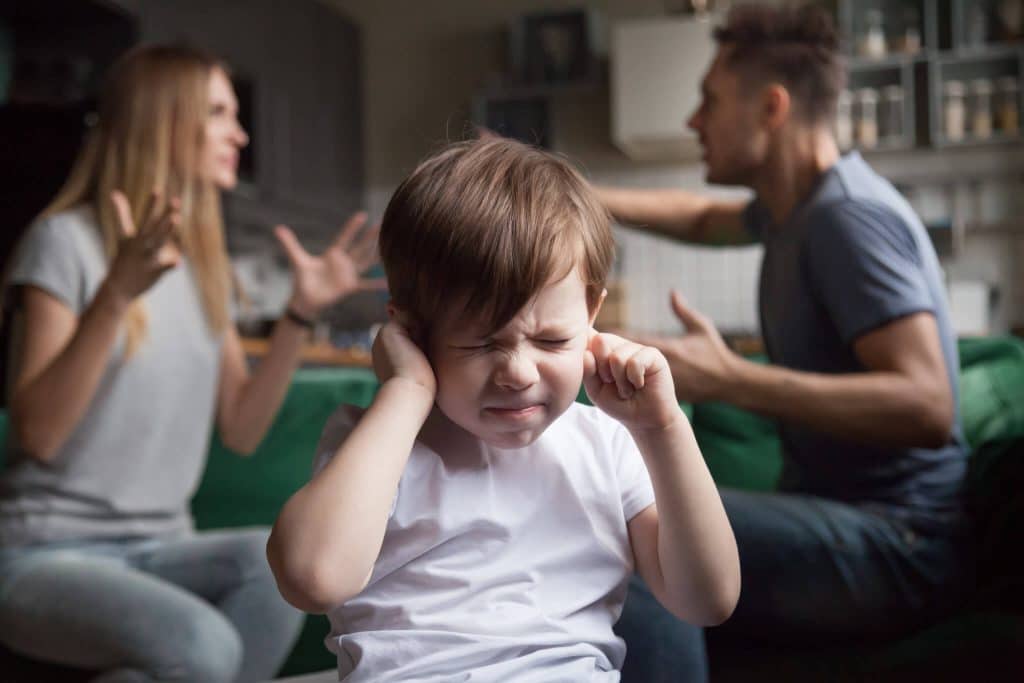
Experts believe that people learn how to bully others at an early age.
As kids grow, they tend to both model and copy behaviors they see in their environment. This is because children learn by observing and imitating those around them.
So, aggressive behaviors and attitudes of adults, especially parents, can greatly impact and influence a child’s behavior.
Children who often see their parents fighting or physically punishing may think such behavior is acceptable.
Another example is when a kid joins a group of friends who are bullies. They become more likely to bully others because they’ve adopted bad behaviors to look cool or fit in with the group.
Violence in Media

Exposure to violent media, such as music, video games, TV shows, or movies that glorify aggressive behavior as cool or rewarding, can encourage kids to imitate it and become bullies themselves.
Past Emotional Trauma

People who bully others may seem powerful and dominating but often have unresolved trauma from past experiences.
They may have been bullied before or abused by their family. Because of this, they develop harmful coping mechanisms, such as hurting others, to deal with their pain.
Insecurity

In reality, some people bully and put others down because they feel insecure and have low self-esteem.
Doing so makes them feel better about themselves. By making others feel small, they feel superior and more powerful.
Characteristics
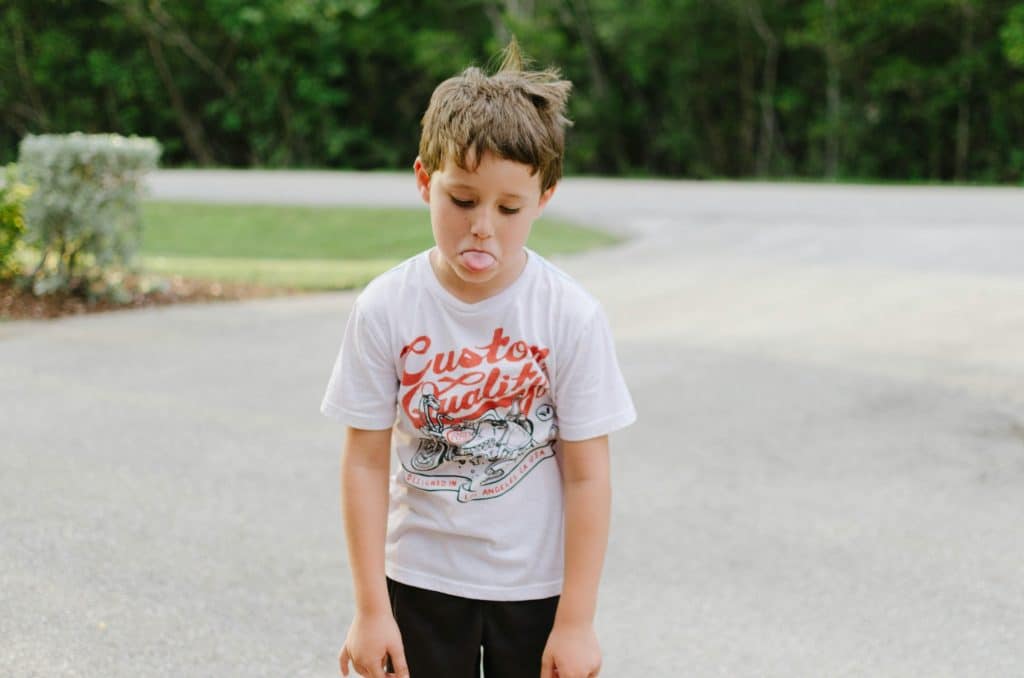
Some bullies may lack empathy (feelings towards others), show a lack of caring for their actions, display narcissistic traits (needing excessive attention and always wanting people to admire them), or struggle with emotional instability.
Others may even enjoy conflict and aggression without realizing the harm and negative impact it causes.
What Are The Signs of Bullying?
It can be hard to tell if someone is being bullied, but there are some warning signs you can look out for.
You might notice:
- Unexplained injuries, bruises, scratches, healing wounds, or broken bones
- Lost or destroyed personal items
- Fear of going to school or other social situations (like taking the bus to school)
- Not eating properly
- Difficulty sleeping or frequent nightmares
- Low self-esteem or self-confidence
- Changes in mood or behavior (being aggressive or having angry outbursts)
- Increased anxiety and depression
- Sudden loss of friends or avoidance by classmates
- Often asking money
- Poor academic performance
- Becomes unusually secretive
- Self-destructive behavior or talk of suicide
So, how can you handle bullying?
Here’s an article written by KidzSearch you can read. Read about Bullying and How to Stop It here.

